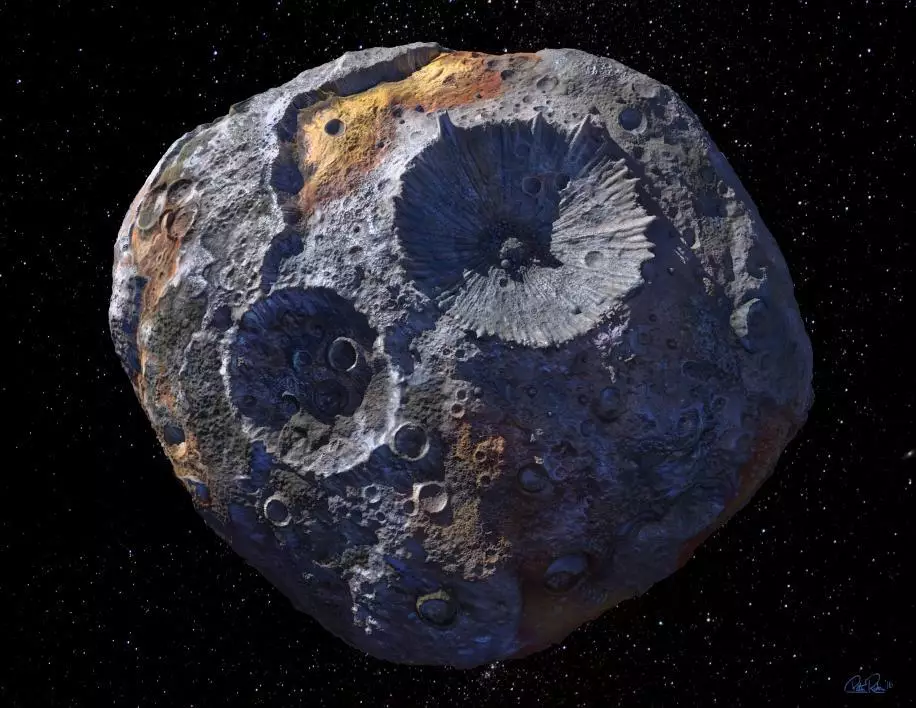
NASA is launching a mission to go and explore a huge asteroid comprised of metal, which, if brought back to Earth, would be worth an estimated £8,000,000,000,000,000,000. No, my 0 key isn't stuck, it would be worth £8,000 quadrillion.
The 200km-wide asteroid, named Psyche, is thought to be made up of mostly various metals, such as iron and nickel and possibly even gold, making it pretty valuable, to say the least.
Asteroids are usually made up of rock and ice, but Psyche shocked astronomers in the 1980s when readings seemed to show it was made of metal.
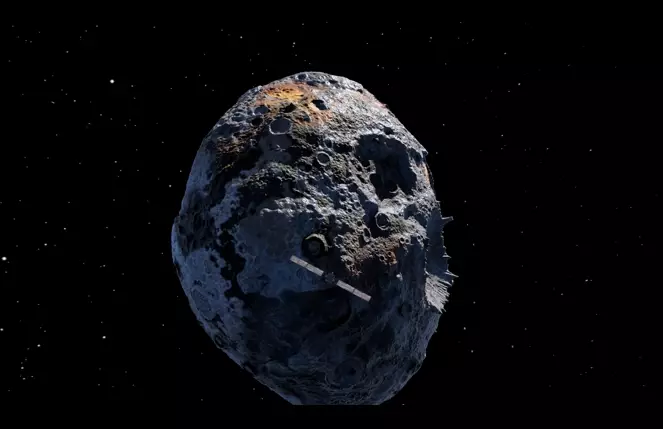
Credit: ASU
Now, NASA has teamed up with experts from the of Arizona State University's School of Earth and Space Exploration to launch the new mission, which is also called Psyche.
It will see a spacecraft launched in 2023 and it will arrive at Psyche in
2030. It will then spend around 20 months in orbit
around the asteroid collecting information, studying its properties and
mapping the surface.
Experts say that, if it was brought back to Earth, the giant piece of metal could crash the economy overnight.
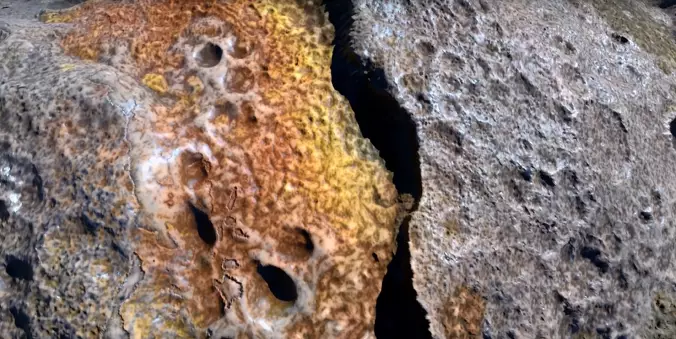
An artist's impression of what the surface of Psyche could look like. Credit: ASU
Now, I'm not an economist, but I think the logic here is flawed, because when a market is flooded, prices drop - so metal would just become worthless because we'd have so much of it.
Anyway, all this is a moot point, because there's no way NASA could bring Psyche back to Earth. It doesn't have the technology, which is probably a good thing, right? There's no way we could shift all that scrap.
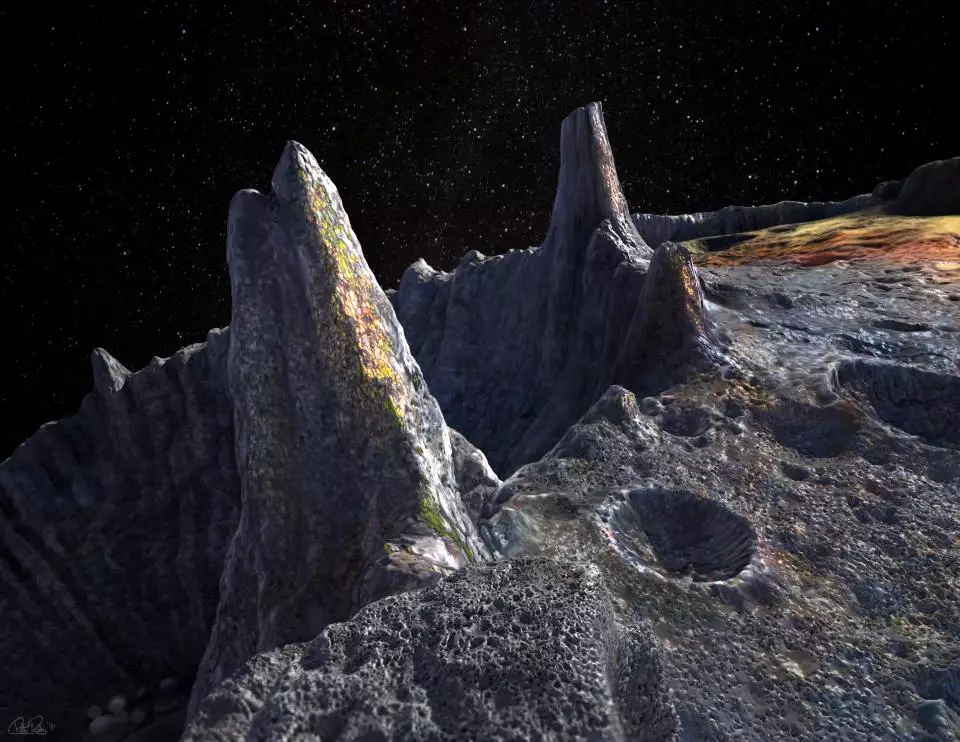
An artist's impression of what the surface of Psyche will look like. Credit: ASU/Peter Rubin
Lindy Elkins-Tanton, the lead scientist on the NASA mission and the director of Arizona State University's School of Earth and Space Exploration, told Canada's Global News: "Even if we could grab a big metal piece and drag it back here ... what would you do?
"Could you kind of sit on it and hide it and control the global resource - kind of like diamonds are controlled corporately - and protect your market?
"What if you decided you were going to bring it back and you were just going to solve the metal resource problems of humankind for all time?"
Credit: ASU
It's believed to have a similar make up to the core of the Earth, leading some scientists to think that it could possibly be the remnants of a planet, which may have lost its outer layers after a series of collisions.
Scientists are hoping that by exploring the asteroid they will be able to gain a better understanding of how planets are formed. If it's a core of a former planet, the team will be looking to assess how old it is, what it's made up of and if it has similarities to the Earth's core.
As well as possibly learning more about our own planet and how it was formed, Elkins-Tanton hopes the mission will inspire people to thinking bigger. She said: "I actually think that's the purpose of space travel; to make us overlook the irritations of the everyday and the difficulties of politics and things like that, and look to a better future.
"I really wanted to inspire people to say, 'I could take action, I could do something bigger.'"
Space mining
While NASA doesn't have the tech to drag this massive hunk of metal back to Earth; that doesn't mean that there isn't money to be made from so-called 'space mining'.
In August of last year Naveen Jain, the entrepreneur behind InfoSpace, came up with the idea of getting resources from the moon with his new start-up Moon Express.
While this might sound like an absolute batshit plot from an '80s movie, he has actually got permission from the Federal Aviation Administration to become the very first private company to land on the moon.
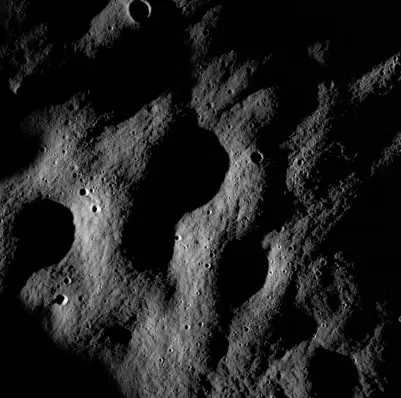
Surface of the moon. Credit: NASA
The team plan to send craft up there to collect the 'treasure' which has been deposited on the moon from the millions of meteors that have hit the surface over the past four billion or so years.
He hopes that by the end of this year he will have launched the first exploratory mission.
As well as collecting resources from the moon, if he does make it up there he will also be in line to collect Google's Lunar XPRIZE, worth an impressive £20 million, which it will award to the first private company to land on the moon, travel a minimum of 500m and send high-def images back.
Despite the scary term of 'space mining' in an interview with the Guardian, Naveen said that he won't be drilling into the surface of the moon or destroying things, "This is more like collecting and harvesting," he said.
A company called Deep Space Industries (which, again, sounds like something from a blockbuster from about 30 years ago) is building a spacecraft that can autonomously extract and collect resources from asteroids.
It also hopes to launch its first
mission this year and has plans to send its Prospector 1 craft to an asteroid by
the end of the decade.